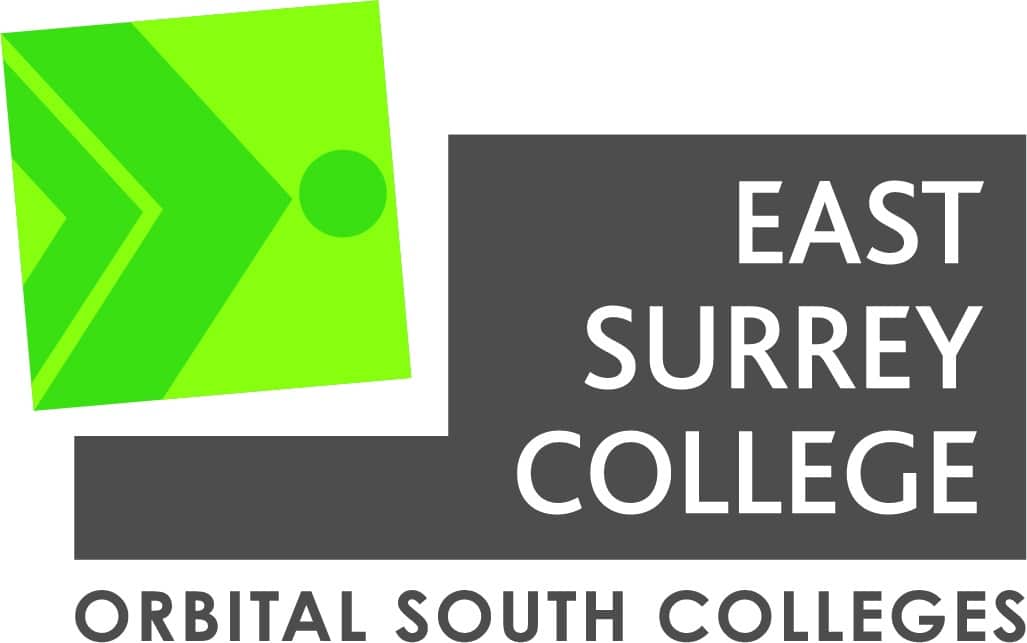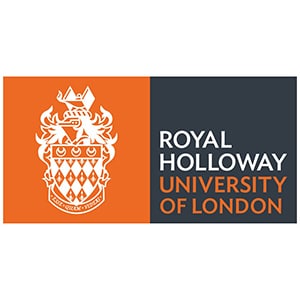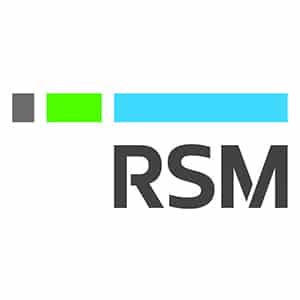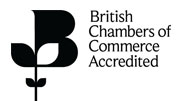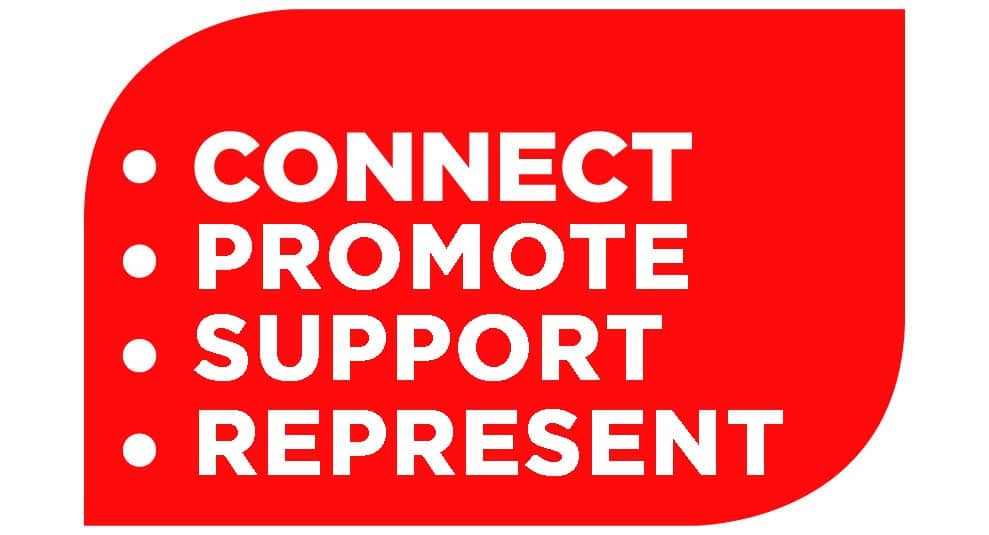Latest News
Referral to the EPO Enlarged Board of Appeal on Computer-implemented Inventions
1st March 2019

An EPO Board of Appeal has referred questions to the Enlarged Board of Appeal (EBA) regarding computer-implemented inventions, in particular, relating to computer simulations.
Venner Shipley has been involved from the beginning: we drafted and prosecuted the application and have been handling the appeal.
It will be only the second time that questions relating to patentability of software have been considered by the EBA. Indeed, it could be the first case that the EBA actively decides on a point of fundamental importance: although the EBA considered a referral in G 3/08 (Programs for computers), it declined to hand down a decision, ruling that the referral was inadmissible.
In this case, the invention concerns modelling pedestrian movement which can be used to help design or modify a venue such as a railway station or stadium. It seeks to provide a realistic simulation, in real-world situations, which cannot be adequately modelled by conventional simulators.
The application was refused during examination on the grounds that it lacked an inventive step: the examining division argued that a simulation model was non-technical and that its implementation on a computer was obvious.
The decision to refuse was appealed to Technical Board of Appeal 3.5.07 (TBA). In its submission, the appellant relied on decision T 1227/05 (Circuit simulation I/Infineon Technologies), arguing that modelling pedestrian crowd movement in an environment constituted an adequately defined technical purpose for a computer-implemented method.
The TBA, however, doubted the reasoning given in T 1227/05. First, it points out that “although a computer-implemented simulation of a circuit or environment is a tool that can perform a function “typical of modern engineering work”, it assists the engineer only in the cognitive process of verifying the design of the circuit or environment, i.e. of studying the behaviour of the virtual circuit or environment designed. The circuit or environment, when realised, may be a technical object, but the cognitive process of theoretically verifying its design appears to be fundamentally non-technical”. Secondly, the TBA takes the view that the earlier decision “appears to rely on the greater speed of the computer-implemented method as an argument for finding technicality. But any algorithmically specified procedure that can be carried out mentally can be carried out more quickly if implemented on a computer, and it is not the case that the implementation of a non-technical method on a computer necessarily results in a process providing a technical contribution going beyond its computer implementation”.
The TBA acknowledges the significance of numerical development tools and considers that “legal certainty in respect of the patentability of such tools is highly desirable”. Accordingly, it is looking for a decision to be taken on the patentability of simulation methods.
The TBA has referred the following questions to the EBA for decision:
- In the assessment of inventive step, can the computer-implemented simulation of a technical system or process solve a technical problem by producing a technical effect which goes beyond the simulation’s implementation on a computer, if the computer-implemented simulation is claimed as such?
- If the answer to the first question is yes, what are the relevant criteria for assessing whether a computer-implemented simulation claimed as such solves a technical problem? In particular, is it a sufficient condition that the simulation is based, at least in part, on technical principles underlying the simulated system or process?
- What are the answers to the first and second questions if the computer-implemented simulation is claimed as part of a design process, in particular for verifying a design?
The questions correspond essentially to the questions proposed by the appellant. Interestingly, however, another question was formulated relating to the extent to which claim features based on psychological considerations could make a technical contribution. The TBA, however, decided not to refer a question on this point.
Pawel Piotrowicz, the partner at Venner Shipley who handled the application from the beginning said, “This is a fascinating case and the referral explores some really interesting questions regarding patentability in the software field. Given the ubiquity and importance of computer simulation in research and development today, a decision by the Enlarged Board of Appeal in this case would have a significant impact and so the referral will be of interest to anyone who uses computer modelling and simulation in designing products of any type.”
The team at Venner Shipley will continue to provide updates on this ground-breaking development.
The text of the TBA’s interlocutory decision can be found here.












